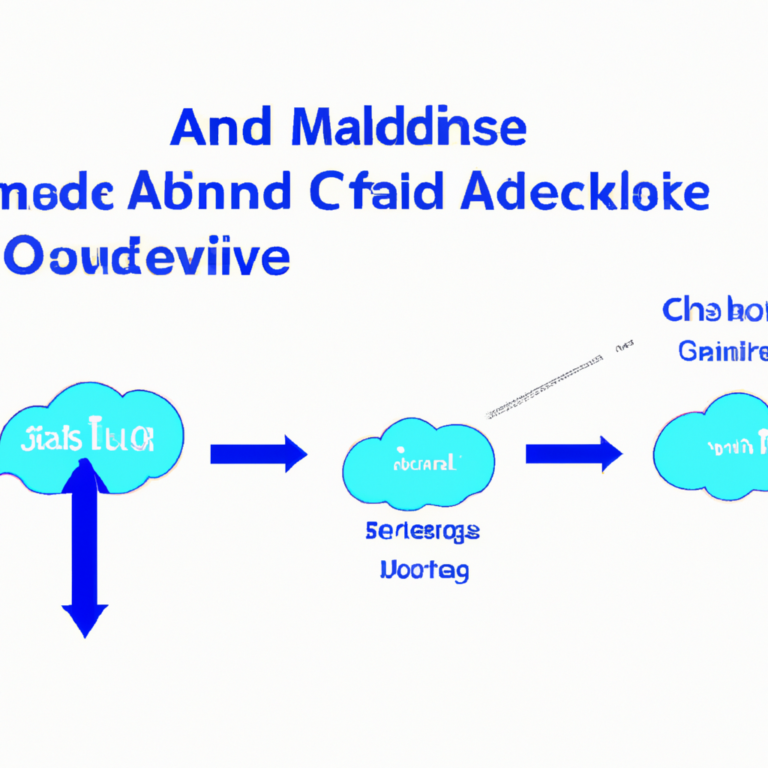Pivot Point Trading Strategies
Pivot point trading is a popular method used by traders to identify potential support and resistance levels in the financial markets. By calculating pivot points based on the previous day’s price action, traders can determine key levels where price may reverse or continue its current trend. In this article, we will discuss some common pivot point trading strategies that traders can use to improve their trading results.
1. Pivot Point Calculation
Before we can implement any pivot point trading strategy, it is important to understand how pivot points are calculated. The most common method used to calculate pivot points is the Standard Pivot Point Formula:
Pivot Point (P) = (High + Low + Close) / 3
Once the pivot point is calculated, traders can then determine the support and resistance levels based on the pivot point. The most common levels used are:
- Support 1 (S1) = (2 * P) – High
- Resistance 1 (R1) = (2 * P) – Low
- Support 2 (S2) = P – (High – Low)
- Resistance 2 (R2) = P + (High – Low)
2. Pivot Point Reversal Strategy
One common pivot point trading strategy is the Pivot Point Reversal Strategy. This strategy involves buying at support levels and selling at resistance levels. Traders can enter a long position when price bounces off the support level and exit the position when price reaches the resistance level. Conversely, traders can enter a short position when price bounces off the resistance level and exit the position when price reaches the support level.
3. Pivot Point Breakout Strategy
Another popular pivot point trading strategy is the Pivot Point Breakout Strategy. This strategy involves buying when price breaks above the resistance level or selling when price breaks below the support level. Traders can enter a long position when price breaks above the resistance level and exit the position when price reaches the next resistance level. Conversely, traders can enter a short position when price breaks below the support level and exit the position when price reaches the next support level.
4. Pivot Point Range Trading Strategy
The Pivot Point Range Trading Strategy involves buying at the support level and selling at the resistance level within a given range. Traders can enter a long position when price reaches the support level and exit the position when price reaches the resistance level. Conversely, traders can enter a short position when price reaches the resistance level and exit the position when price reaches the support level.
Overall, pivot point trading strategies can be a valuable tool for traders looking to identify potential support and resistance levels in the financial markets. By using pivot points in conjunction with other technical indicators, traders can improve their trading results and make more informed trading decisions.










